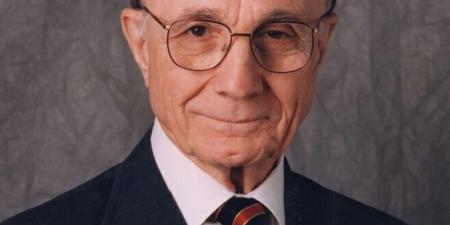Case 1: Is It the Money?
Mr. Nelson presents to Dr. Porter's office complaining of bitemporal headaches. A medical history reveals that Mr. Nelson has been experiencing difficulties and stress in his marriage, and a complete neurological physical exam is nonfocal. Based on his evaluation, Dr. Porter believes that the headaches are stress-related and can be managed by nonsteroidal anti-inflammatory pain relievers and stress management. Mr. Nelson, however, believes his headaches may have a more serious etiology and would like a CT scan to rule out anything of greater concern. He has read that some health plans use financial incentives that reward physicians who save the plan money by ordering fewer tests. Mr. Nelson asks Dr. Porter: "Are you not ordering the CT scan because it is too expensive to get?"
Questions for Discussion
- Some have advocated that disclosure of financial incentives be considered a part of the informed consent process. Should physicians be legally required to disclose this information?
- If Dr. Porter's motivations are therapeutic and not financial, how might he convince Mr. Nelson that a CT scan is not indicated in this case? If Mr. Nelson remains adamant, should Dr. Porter acquiesce to his wishes? Would your opinion be different if the diagnostic procedure were a more expensive MRI scan?
- How might the situation be different if Mr. Nelson were a physician? If Mr. Nelson were a medical student?
For more information relevant to this case, See what the AMA Code of Medical Ethics says about this topic in Opinion 8.054. Financial incentives and the practice of medicine. American Medical Association. Code of Medical Ethics 1998-1999 Edition. Chicago, IL: American Medical Association; 1998.
Case 2: In a Bind?
Mrs. Albert is an 83-year-old patient hospitalized for a bowel resection for colon cancer. Her medical history includes a stroke that makes her gait unsteady and has already caused a fall that resulted in a broken hip. During the day Mrs. Albert is alert and oriented and enjoys the company of her family members. But at night, she "sundowns," becoming disoriented and confused and occasionally even combative with staff. During one of her disoriented episodes, Mrs. Albert wants to leave her room to buy some nachos, believing she's at a baseball game. Because of Mrs. Albert's unwillingness to stay in bed, the staff is concerned about her well-being and safety. Her nurse believes that some kind of restraint is needed. The attending physician agrees and orders a restraint vest that wraps around Mrs. Albert's chest. Mrs. Albert does not want to be placed in the vest. The nurse's aide tells Mrs. Albert that the vest is actually a sweater to keep her warm and comfortable. She finally agrees to wear the vest. Most nights a family member is with her, but this night she is alone. The family learns the next day about the use of the restraint and is concerned about not being informed.
Questions for Discussion
- Was the violation of Mrs. Albert's autonomy justified by concern for her safety?
- If Mrs. Albert agrees, during lucid daytime periods, to being restrained for her own safety when she is less disoriented and combative, what should care givers do in the evening when she refuses to be restrained?
- Should the family have been notified before Mrs. Albert was placed in a restraint?
- What is the role of Mrs. Albert's health care proxy?



